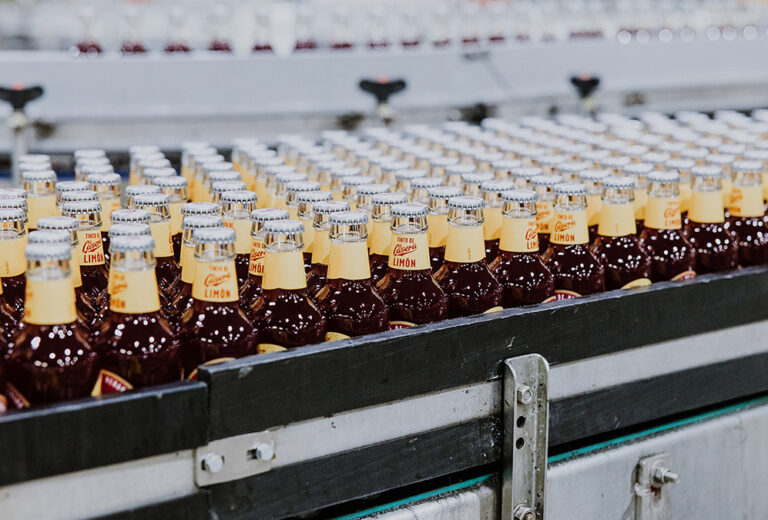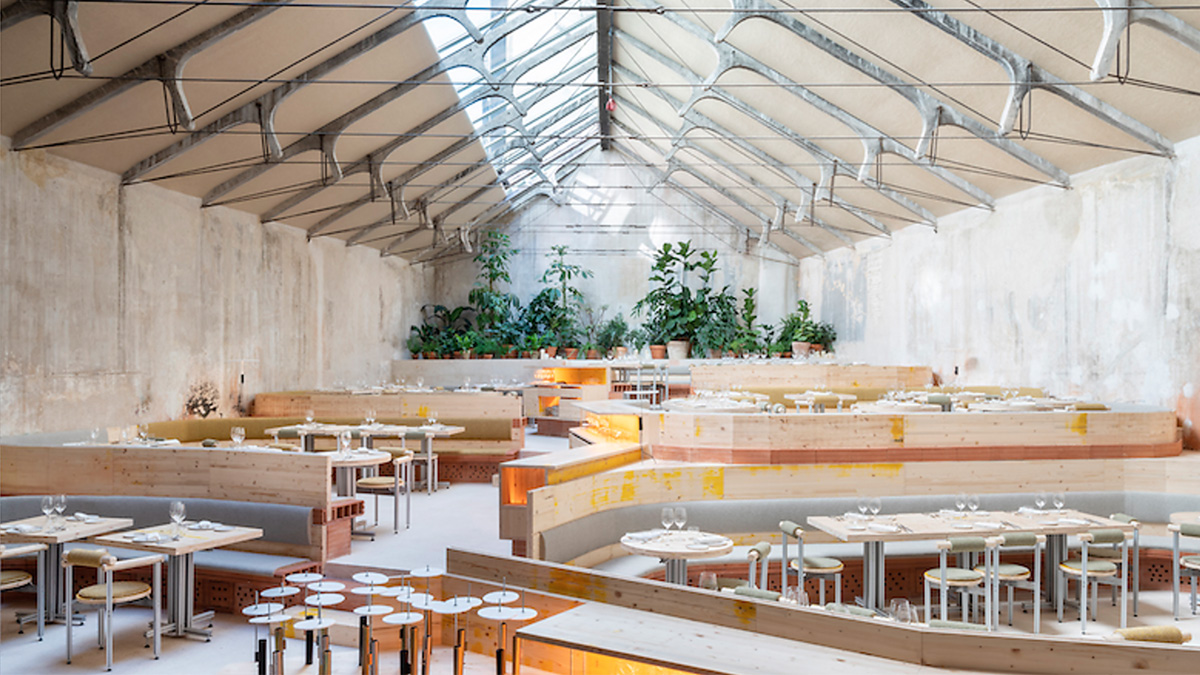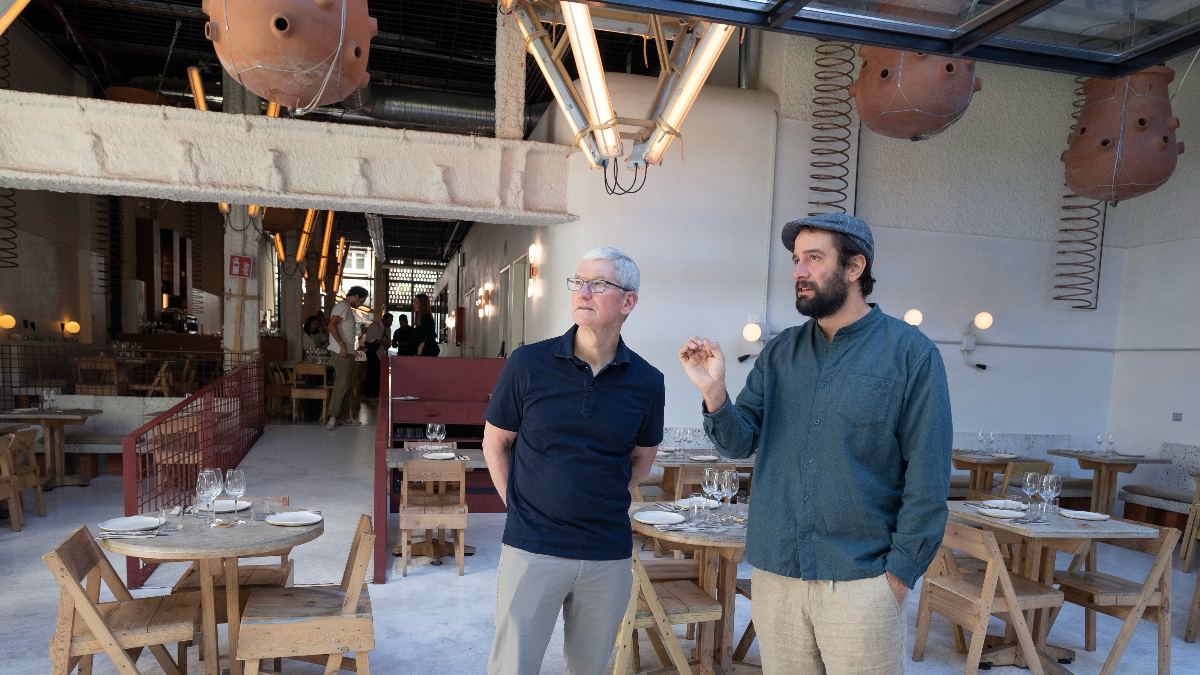Click here to read the Spanish version.
The big restaurant and food chains know what we want and that is where, persuasively, they overwhelm us with their copy, slogans or hook words. Beyond subterfuge, there is one thing that is irrefutable about these sales techniques and that is that they are daughters of their time. Today, more than ever, consumer concerns go beyond simple nutrition or putting something in their mouths, along with the price of food and where it comes from; another point of concern for the foodie consumer is sustainability.
This is where one of the most worn-out words in the current gastronomic panorama is born: ‘sustainability’, which together with ‘KM0’ and ‘ecological’ make this practice the holy trinity of greenwashing, eco-laundering or selling a pig in a poke. Being sustainable is not a lifestyle, it is a dogma, a boundary that marks the schism of what is good and what is not. If you are sustainable you are a good person, or so we are led to believe.
For Alberto Vizcaíno, author of the book El contenedor amarillo and environmental consultant, the regulations are clear, and according to the General Advertising Law, greenwashing is clearly misleading advertising. Alberto tells Tapas that, in reality, there are not enough resources in the institutions to review these fraudulent practices, as they are currently more focused on unfair competition between brands, or issues of child malnutrition in advertising.
Ecological bleaching
It was not until the 1990s that the European organic certificate was born, which regulated everything related to organic farming, such as workers’ conditions, soil fertility improvement and improved waste management. For Alberto Vizcaíno, the problem comes when the brands themselves create their own labels. These labels lack transparency when it comes to being evaluated: their logo usually shows a green leaf or a planet.
Currently, the word sustainable is not regulated, so we can find it, for example, written large on a packet of coffee, with only a small percentage of the packaging material being sustainable, giving rise to misleading advertising. The colour green, accompanied by brown Kraft-type colours, is often the hallmark of the use of these fraudulent practices.
Recently, the Michelin Guide has begun to recognise sustainable restaurants by awarding them a green star. Monica Rius, director of communication at Michelin, comments: ‘We are not talking about a certain number of requirements, but about a global commitment to sustainability that can cover many different aspects, from waste and energy management, to the care of biodiversity, to the selection of sustainable products…’.
The subconscious decides
In the gastronomic field, 80% of the purchase or consumption decision is in the subconscious. When a restaurant group, supermarket or hotel chain launches a product on the market, they take our programming, ethical and moral codes of customers into account.
According to Johana Ríos, an expert in neuromarketing, when a customer perceives that a product is healthy or contributes to having a low environmental impact, it automatically activates in the reptilian brain – part of the brain destined to make decisions from a more irrational point of view – a more tribal survival instinct of belonging to a group of people or that of the transcendence of leaving a better world for our children. Neuromarketing experts are aware that not everyone has these equally balanced codes, and that is where they fish with a smaller, but much more efficient net.
They are not only trying to capture us with words like ‘sustainable‘, ‘km0‘ or ‘ecological‘. They also sell unique gastronomic experiences. Many restaurants verge on losing their dignity in search of that experience that clicks in our brains: they dress up their wait staff, they finish dishes at the table that have no need to be finished, or they put a flare in a bottle of cava.
History is a powerful and alterable matter, what was good yesterday will be bad tomorrow. Perhaps in ten years’ time we will be concerned with other things and gastronomy will focus on other areas of consumption. In the meantime, the best thing is to continue to enjoy what we really like at the table.




